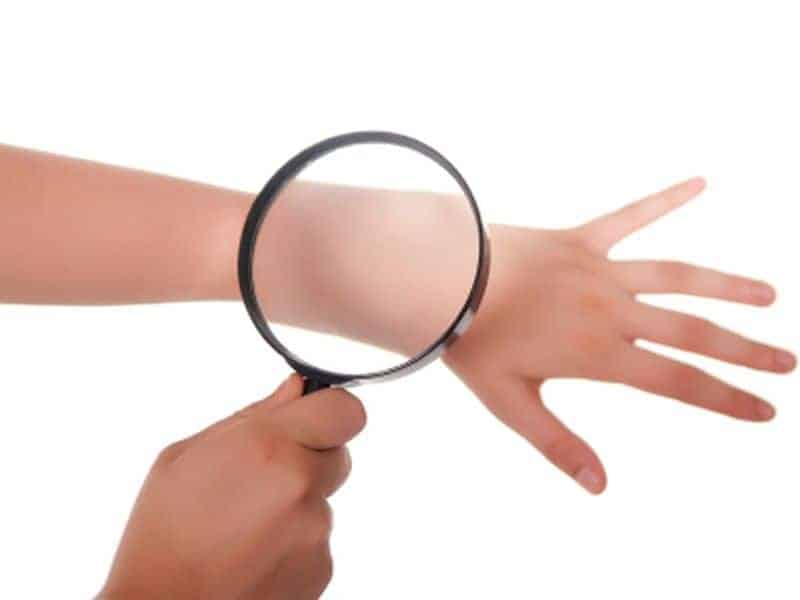Real-world studies evaluating patients with challenging-to-treat localizations of psoriasis (scalp, nail, and palmoplantar) are limited.
To characterize patients with versus without psoriasis in challenging-to-treat areas seen in routine US clinical practice.
This retrospective observational study included all adult patients with psoriasis enrolled in the Corrona Psoriasis Registry between April 2015 and May 2018 who initiated a biologic therapy at registry enrollment. Patients were stratified by the presence of scalp, nail, or palmoplantar psoriasis (nonmutually exclusive groups). Patient demographics, clinical char-acteristics, disease activity, and patient-reported outcome measures (pain, fatigue, itch, EuroQol visual analog scale [EQ VAS], Dermatology Life Quality Index [DLQI], and Work Productivity and Activity Impairment questionnaire [WPAI]) were assessed at registry enrollment and compared between patients with versus without each challenging-to-treat area using nonparametric Kruskal-Wallis tests for continuous variables and χ2 or Fisher exact tests for categorical variables. Generalized linear regression models were used to estimate differences in disease activity and patient-reported outcomes between patients with versus without each challenging-to-treat area.
Among 2,042 patients with psoriasis (mean age [±SD], 49.6 ± 14.7 years; 51.5% male), 38.4% had psoriatic arthritis (PsA), 38.1% had scalp psoriasis, 16.0% had nail psoriasis, 10.9% had palmoplantar psoriasis, and 26.2% had a combination of ≥2 challenging-to-treat areas and PsA; only 34.2% had body plaque psoriasis without PsA or challenging-to-treat areas. Patients in all challenging-to-treat groups reported higher (mean [95% CI]) itch (scalp, 58.01 [57.62-58.40] vs. 54.35 [53.99-54.72]; nail, 56.42 [56.02-56.81] vs. 55.59 [55.20-55.97]; palmoplantar, 60.22 [59.86-60.59] vs. 55.15 [54.79-55.54]) and lower EQ VAS (scalp, 68.12 [67.78-68.48] vs. 69.46 [69.12-69.81]; nail, 66.21 [65.89-66.55] vs. 69.48 [69.14-69.83]; palmoplantar, 66.21 [66.07-66.75] vs. 69.29 [68.94-69.94]) scores than those without the respective challenging-to-treat localization. Patients with nail or palmoplantar psoriasis reported higher pain, fatigue, and DLQI scores than those without. Higher proportions of patients with scalp or palmoplantar psoriasis reported work impairment compared with those without.
Two-thirds of patients with psoriasis who initiated biologic therapy had PsA and/or ≥1 challenging-to-treat area. Patients with challenging-to-treat areas had worse patient-reported outcome scores than those without, indicating a significant burden of challenging-to-treat areas on patients’ quality of life.
© 2020 S. Karger AG, Basel.
Characterization of Patients with Psoriasis in Challenging-to-Treat Body Areas in the Corrona Psoriasis Registry.


